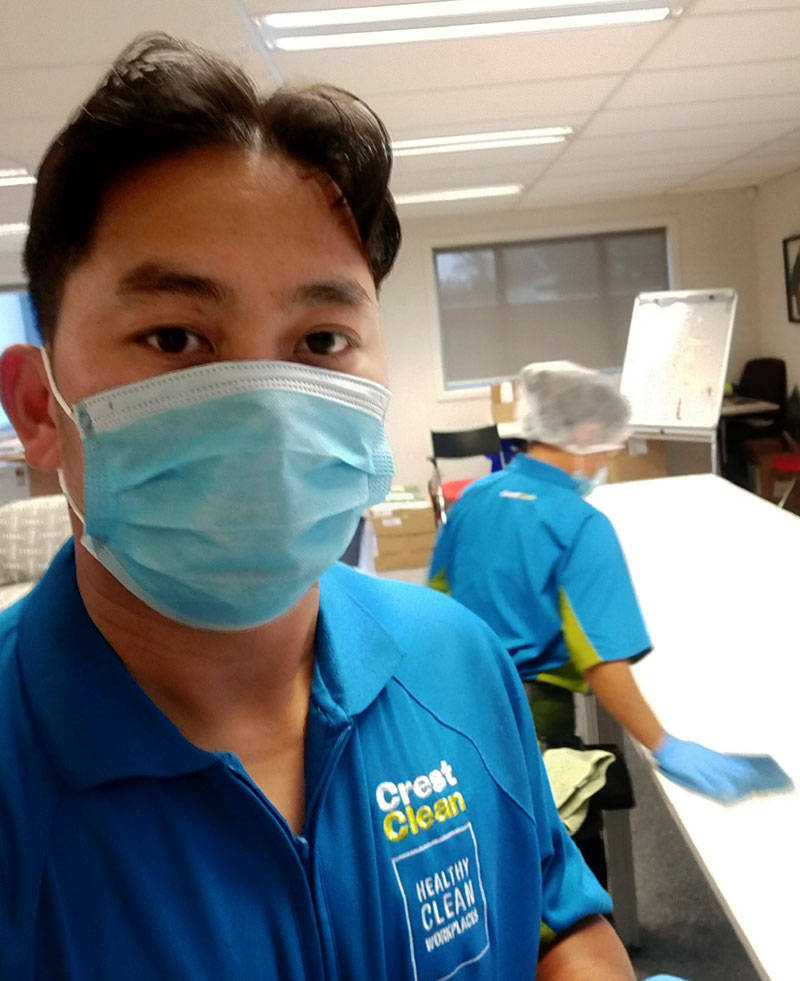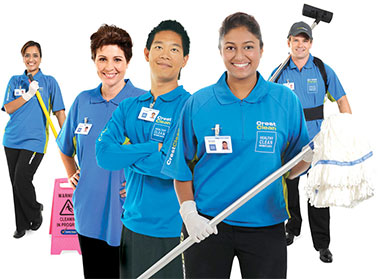Face masks become the new normal as hygiene expectations rise

The sight of your cleaning provider turning up in personal protective equipment, like a mask, can only be a good thing.
Just a few months ago anyone wearing a mask in public would have likely drawn stares in countries unused to this behaviour.
Now they have become a stark visual reminder of the unusual times we live in, says Liezl Foxcroft, who oversees the training of CrestClean teams around New Zealand.
However uncommon it may seem, the sight of your cleaning provider turning up in personal protective equipment, like a mask, can only be a good thing, she adds.
“It’s a message to our customers that our people are well trained, they know what they are doing and they respect the surroundings they are working in,” says Liezl, General Manager Training for Master Cleaners Training Institute.
Wearing PPE, such as gloves and face masks, is another example of cleaning personnel meeting an expectation to perform their role in maintaining a healthy workplace by stopping the spread of infection.
However, for the wearer, a mask also brings an added layer of protection from the environment they are working in.
“One of the main aims of a mask is it stops people directly touching their face,” says Liezl.
“We know from studies that people touch their face more than 20 times in an hour.
“When this happens there’s a risk they will transfer whatever they’ve touched, bacteria, germs, virus, into their mouth or nose. Wearing a mask stops them directly rubbing their face or rubbing it accidently.”
CrestClean has ensured masks worn by its cleaning personnel are rated for their effectiveness and meet international standards of certification.
